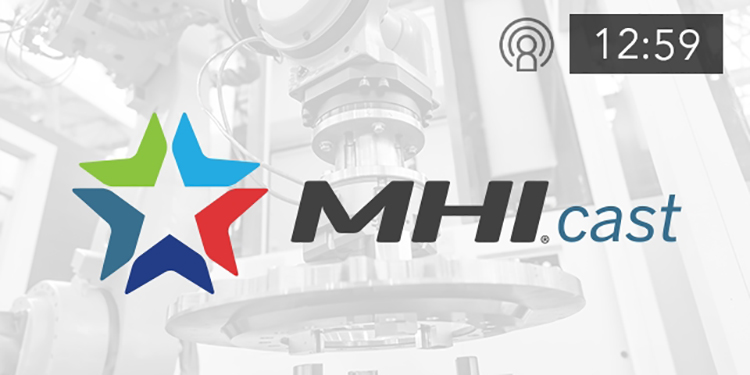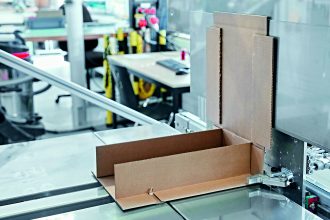Members Of The Robotics Group Discuss Technology Adoption Challenges, Best Practices In Podcast

In a recent episode of MHIcast — MHI’s podcast featuring the latest insights and trends in the material handling, logistics, and supply chain industries — members of MHI’s newest Industry Group, The Robotics Group (TRG), discussed the purpose and goals of the organization, as well as the challenges and best practices associated with implementing robotics in a warehouse environment. Sharing their thoughts were Matt Kulp, Executive Vice President and Managing Partner of St. Onge Company, and Tyler McCoy, vice president of business development at JR Automation.
In recognition that the use of robotics technology continues to extend deeper into warehousing, distribution and fulfillment, MHI created The Robotics Group to help companies explore ways these systems can improve their operations and cut costs. The Group brings together manufacturers, integrators, consultants, and component suppliers — as well as end users — of robotic solutions with the goal of discussing the development of standards, common problems and solutions, and different application opportunities within these facilities.
Many of today’s robotic technologies — whether they be autonomous mobile vehicles or conventional, 4- or 6-axis articulated robots — are deployed within material handling to automate order fulfillment processes traditionally handled by a human workforce, including picking, packing, sorting and more. For that reason, the Group’s initial focus is on broader robotic applications that ease workforce challenges.
Currently the Group’s members have been working to address a variety of issues faced by companies seeking to adopt robotic technologies into their distribution centers and warehousing facilities. Many organizations recognize the need to test the opportunity for a robotic solution in their operation with a pilot project but struggle to justify the capital expenditure. Best practices for incorporating robotic automation both successfully and with a solid return on investment (ROI) include:
- Determine and clearly state the problem that the robotic solution is intended to address.
- Gather insights and input from robotics partners, including vendors and suppliers, to validate which application in an operation is best suited for a robotic solution. These same companies can also offer guidance on determining which type of solution is ideal for the requirements and operational challenges associated with a particular site.
- Develop and refine the budget based on the selected vendor’s install base. The more established a solution, the less expensive it will be. Conversely, newer solutions that are in earlier stages of development may be more expensive but also offer an opportunity to have the technology’s functionality more tailored to the buyer’s needs.
The Robotics Group welcomes new members to join and volunteer whatever time or resources they have available to contribute. For more information, the entire podcast can be heard here.



